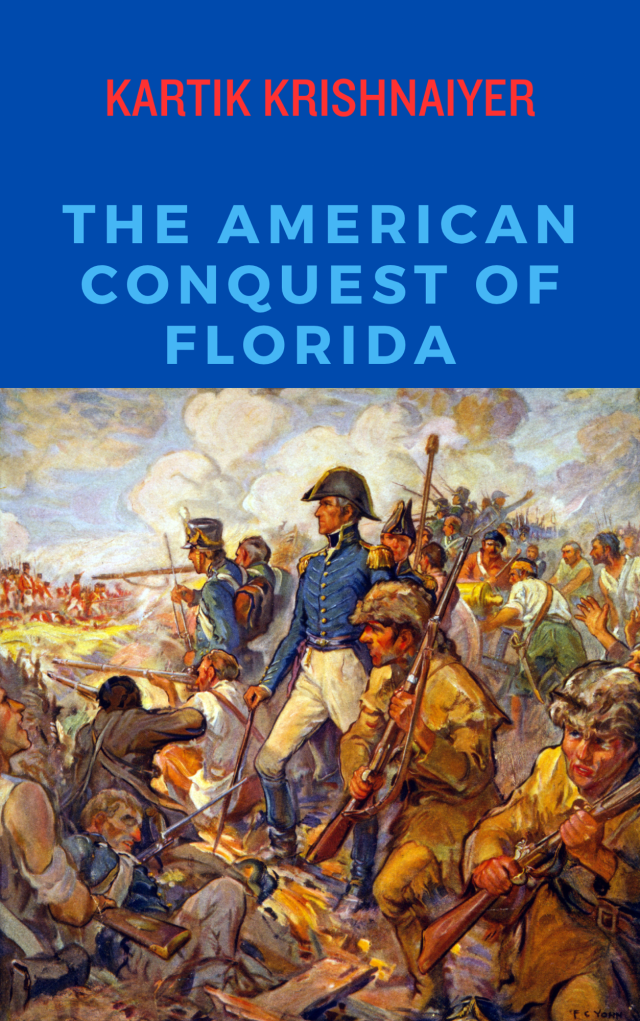
By Doug Jones – dougjonesforsenate.com, Public Domain, https://commons.wikimedia.org/w/index.php?curid=62702443
Doug Jones win in the US Senate Special Election in Alabama is a game changer in the way Democrats should appreciate races in southern states and areas influenced by southern culture. The “greater south” is an area that encompass a large geographic swath and areas where the Democratic Party of the 21st Century has struggled. Democratic infrastructure which at the turn of the century was still strong in most of the region even though here in Florida, by the year 2001, the Florida Democratic Party was largely in disarray.
A lot of ink has been spilled the last few days about how Alabama is harbinger for 2018. It very well could be, or it might be the result of a Republican nominee accused of pedophilia and twice impeached as a State Supreme Court Judge, whose record in office was that of religious zealotry, provocative actions and bigotry. It is likely, I concede that if Mo Brooks or Luther Strange had been nominated the GOP would have won. But similarly, the elements of the coalition that carried Doug Jones to victory were very interesting and largely would have been present for an attractive Democratic candidate, irrespective of the opposition in this Trumpian era.
Tuesday’s Special Election yielded a few key points for progressives to understand and appreciate.
Jones didn’t fit the established Al From induced DLC-playbook that you must run to the middle in a southern state. Florida Democrats have employed this logic for years and fallen flat with it. Previously in Alabama, Democrats employed the same strategy even welcoming back Parker Griffith to the party to run for Governor in 2014 after he had switched parties and helped sandbag the Obama agenda first as a Conservative Democrat then as a Conservative Republican while in Congress representing the Huntsville area.
It hasn’t been covered much in the elements of the establishment media which are anxious to embarrass President Trump at any turn and embrace Clintonian-like Democratic figures but, Jones ran a more populist economic campaign than we’ve seen in the south recently. The failures of the likes of Mark Pryor, Mary Landrieu and Blanche Lincoln in recent US Senate elections in the south can be largely attributed to trying to run a campaign of “me too Republicanism” which means these Senators bought into a certain premise of the Clintonian-DLC construct of a Reaganomics-like economic structure. Jones ran to the left on economics and was able to motivate African-American voters as well as the egalitarian spirit of those on college campuses. White suburban voters in the Birmingham area swung toward the Democrat, consistent with recent shifts we’ve seen in many other southern urbanized areas. It has also been discussed that white professionals in the Huntsville area swung towards Jones which might be unrelated to national trends (it’s worth noting throughout the last 50 years the Huntsville area, normally conservative has swung to the left against reactionary candidates of the right beginning with George Wallace and continuing through Fob James and Roy Moore’s multiple elections). But professionals throughout the south are shifting away from the Trump agenda.
The Alabama race highlights the importance of candidates – the Democrats cannot simply field a candidate whose goal is to appear “non-threatening” to moderate voters and expect to engage minority populations effectively even when playing the vaunted and lazy card of identity that the Democratic establishment so loves. You must have a candidate with bonafides in the minority community (Jones record as a prosecutor speaks for itself). Winning in the south DOES depend on a high minority turnout. But guaranteeing a high turnout is down to the candidate and issues instead of simply lazily playing on identity or fear, which is a favorite tactic of Clintonian Democrats.
Here in Florida, it’s important to have candidates that understand the need to advocate for economic policies and egalitarian measures that engage minority populations and younger voters. It’s also critical to avoid some divisive social issues as much as possible and focus on economic equality and the elements of populism that united a broad brush of the population.







I am looking for an article you published during the last year showing how each county voted for president in 2016. How do I find the link? It seems a good way to focus voter registration and progressive media campaigns.
Thank you,
Anna Boersma
LikeLike
LikeLike
Thank you.
Anna
LikeLike
What was interesting about the table in one of the articles you published was the percent for each candidate as well as the numbers of voters in each county.
LikeLike